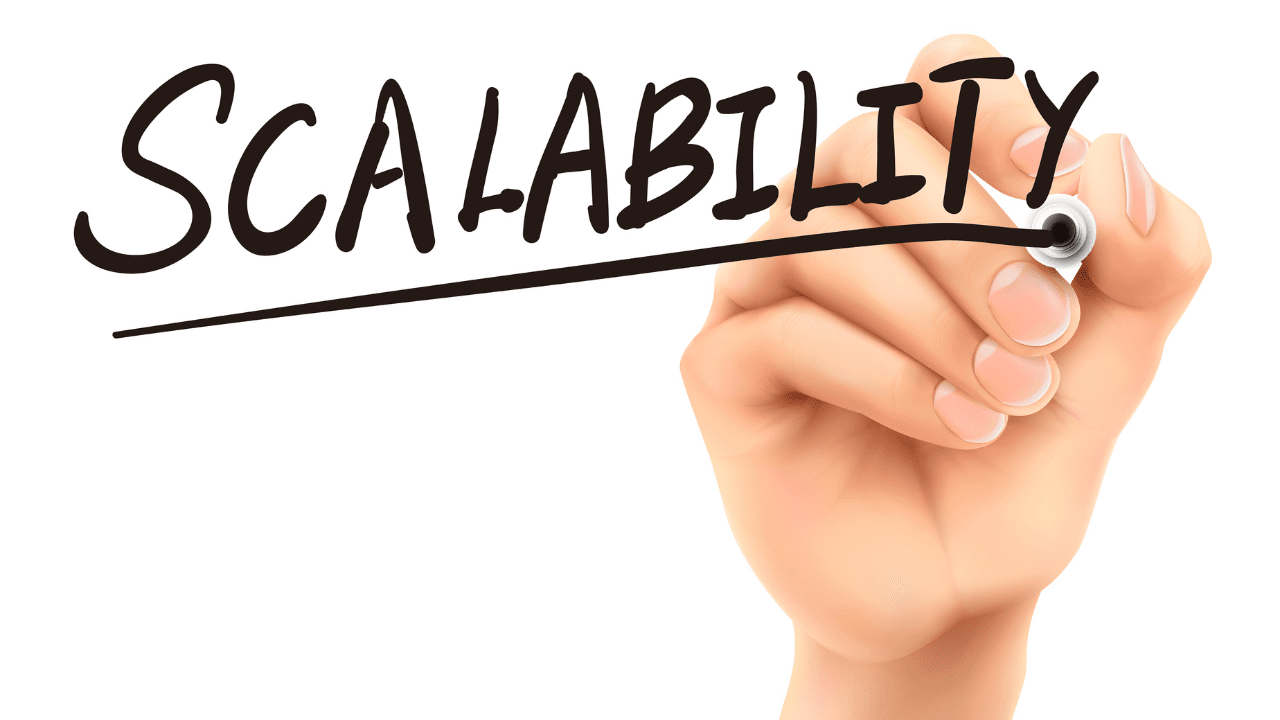The Importance of I.T Infrastructure
Signs That It's Time to Upgrade
Signs That It's Time to Upgrade
1. Performance Issues: If your current infrastructure struggles to handle increasing workloads, resulting in slow performance, it's a clear sign that an upgrade is needed to maintain efficiency.
2. Security Concerns: Outdated infrastructure may lack the latest security features and patches, leaving your organization vulnerable to cyber threats. Upgrading can enhance security and protect sensitive data.
3. Scalability Needs: As your business grows, so do your IT requirements. An upgraded infrastructure should offer scalability to accommodate expansion without major disruptions.
4. Legacy Systems: If you're still relying on legacy systems that are no longer supported or compatible with modern software, it's time to consider an upgrade to maintain compatibility and support.
5. Compliance Requirements: Changes in industry regulations or compliance standards may necessitate infrastructure upgrades to ensure that your organization remains in compliance.
6. Cost Inefficiencies: Older infrastructure may be less energy-efficient and more costly to maintain. Upgrading can lead to long-term cost savings.
Benefits of Upgrading I.T Infrastructure
1. Enhanced Performance: Upgraded infrastructure typically delivers improved performance, enabling faster data processing and application responsiveness.
2. Improved Security: Modern infrastructure includes advanced security features and protocols, reducing the risk of data breaches and cyber-attacks.
3. Scalability: A well-planned upgrade allows for easy scalability to meet future demands, whether it's accommodating more users or handling increased data volumes.
5. Competitive Advantage: A robust IT infrastructure can give your business a competitive edge by enabling faster innovation, better customer service, and more efficient operations.
Considerations When Planning an Upgrade
Considerations When Planning an Upgrade
Assessment: Conduct a thorough assessment of your current IT infrastructure to identify weaknesses and determine specific upgrade needs.
Budgeting: Develop a clear budget that covers all aspects of the upgrade, including hardware, software, labor, and ongoing maintenance costs.
Vendor Selection: Choose reputable vendors and partners who can provide the right solutions and support for your upgrade.
Data Migration: Plan for the smooth migration of data and applications from the old infrastructure to the new one to minimize downtime and disruptions.
Testing: Rigorously test the new infrastructure to ensure it meets performance and security requirements before fully implementing it.
Training: Provide training to your IT staff and end-users to ensure they can effectively utilize the new infrastructure.
Moving Forward
Upgrading your IT infrastructure is not just a matter of keeping up with technology trends. It's a strategic move to ensure your business remains competitive, secure, and efficient in the digital age. Recognizing the signs that it's time to upgrade and carefully planning the transition are key steps toward leveraging the benefits of modern IT infrastructure.








